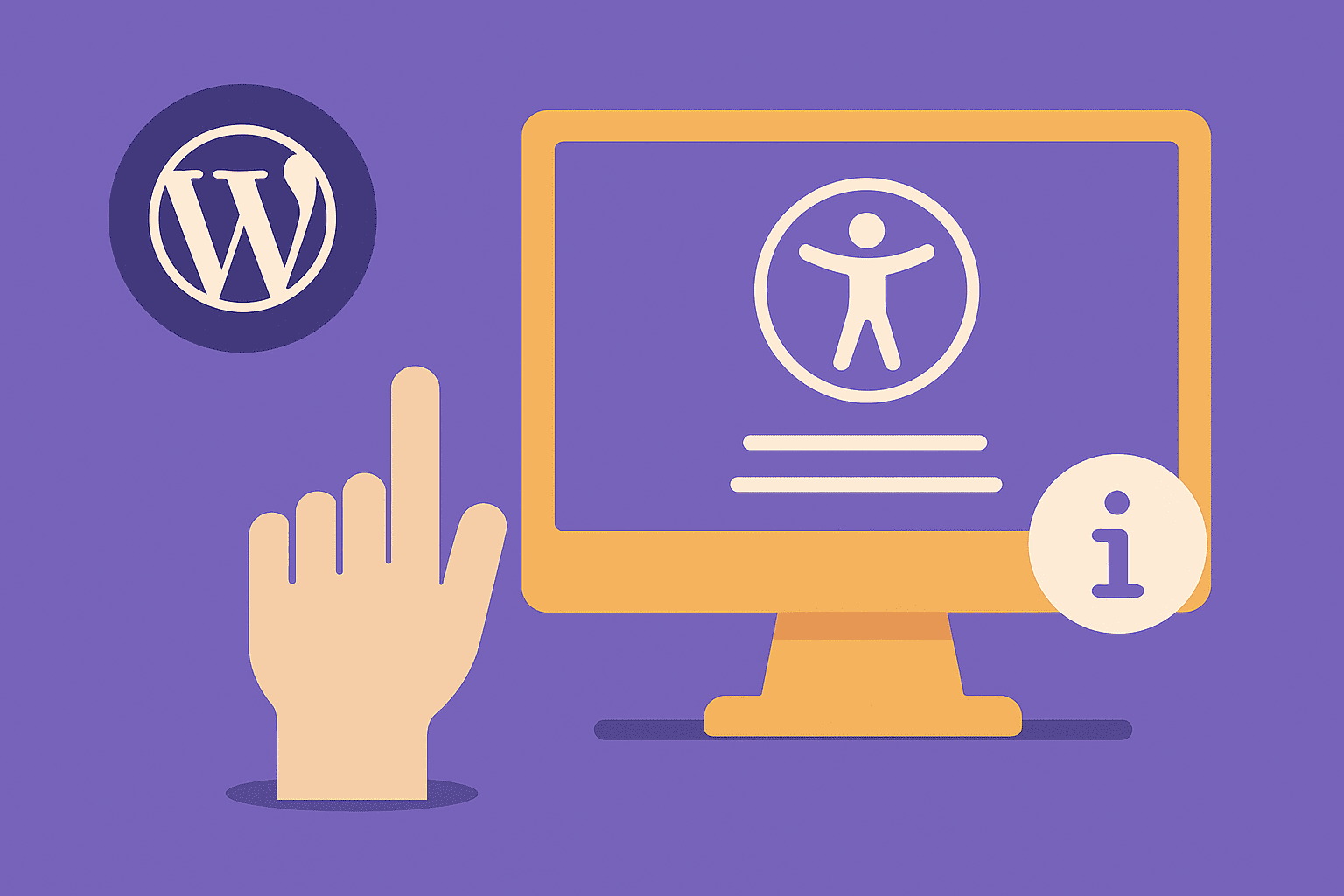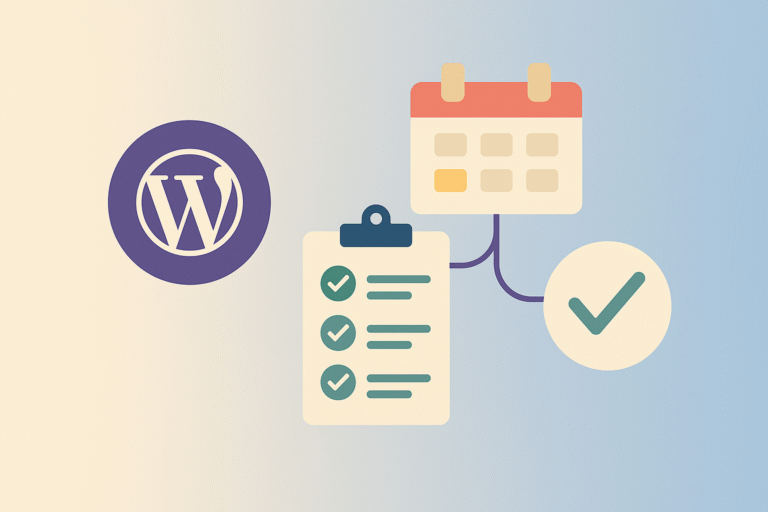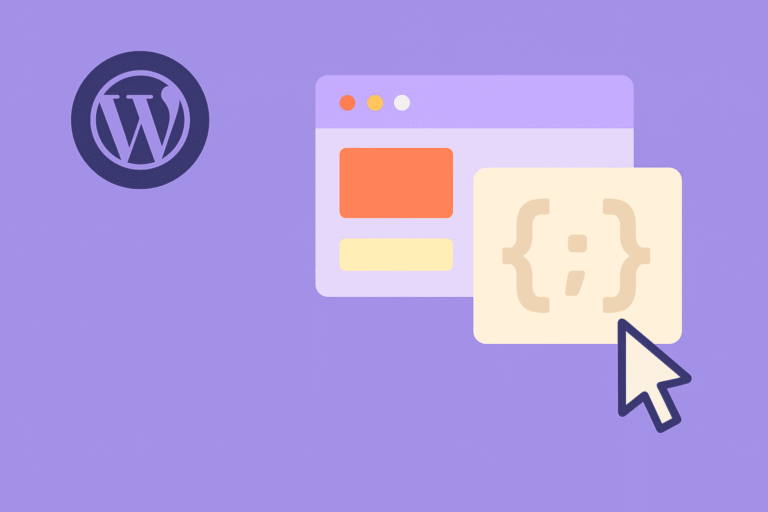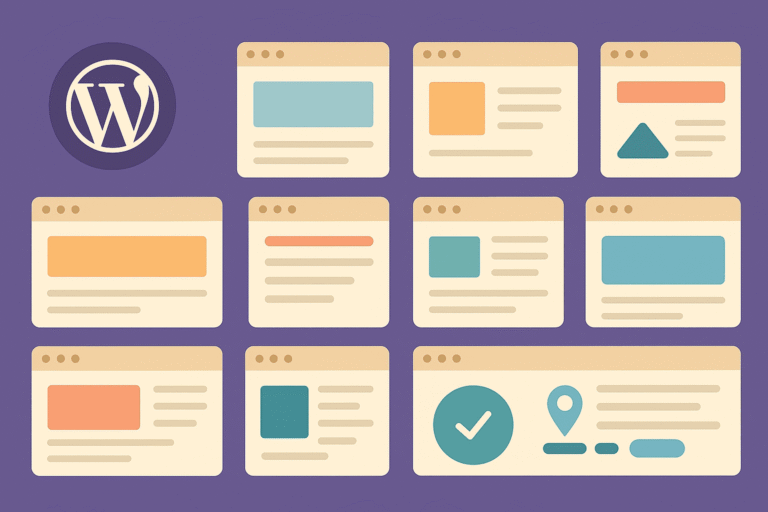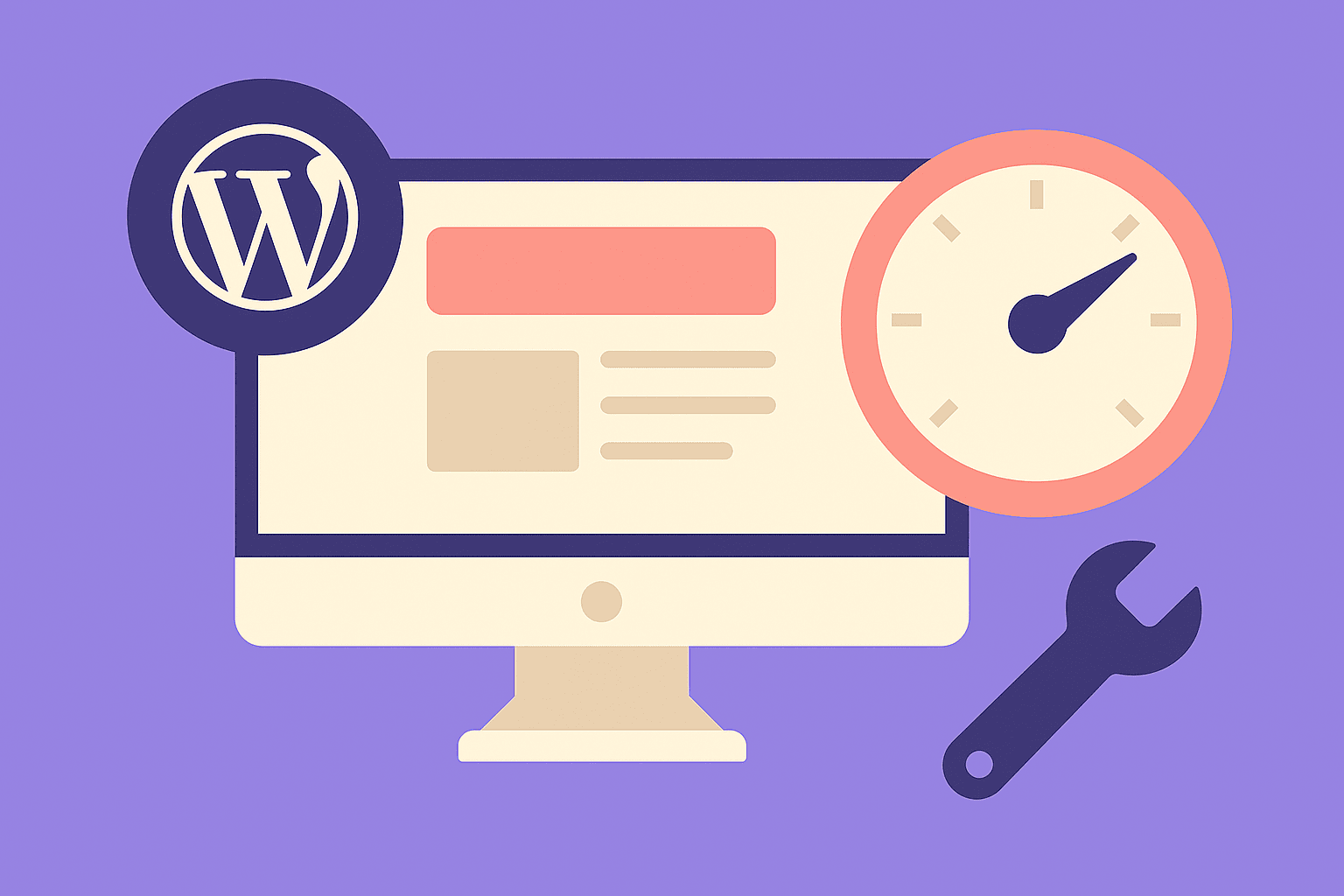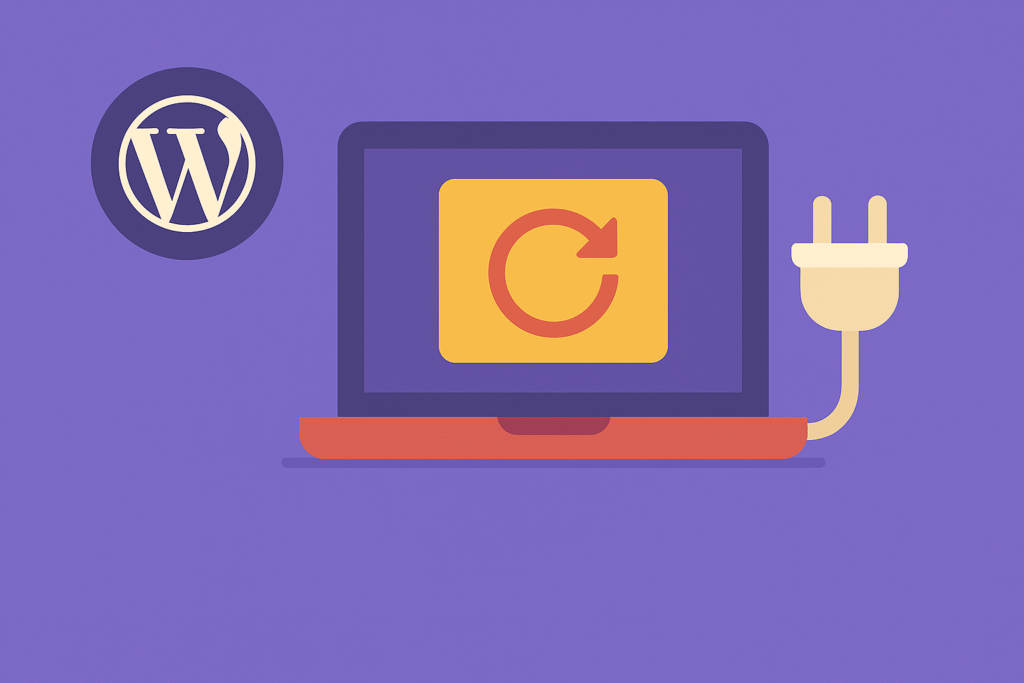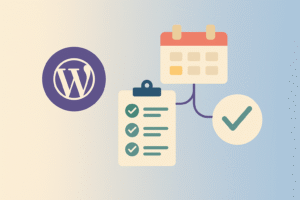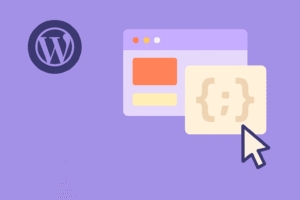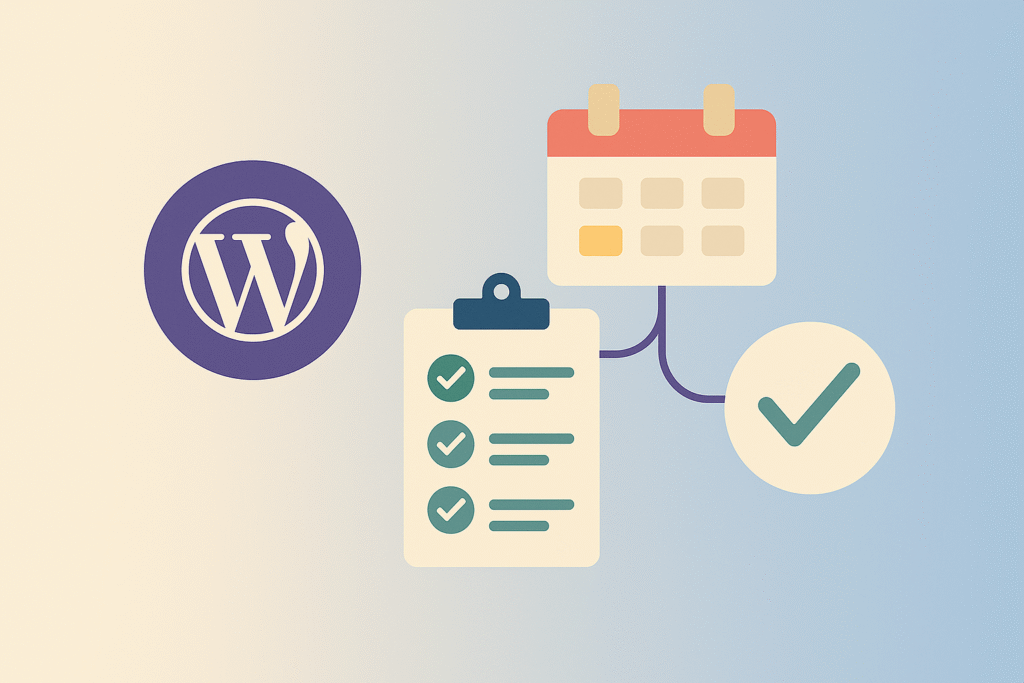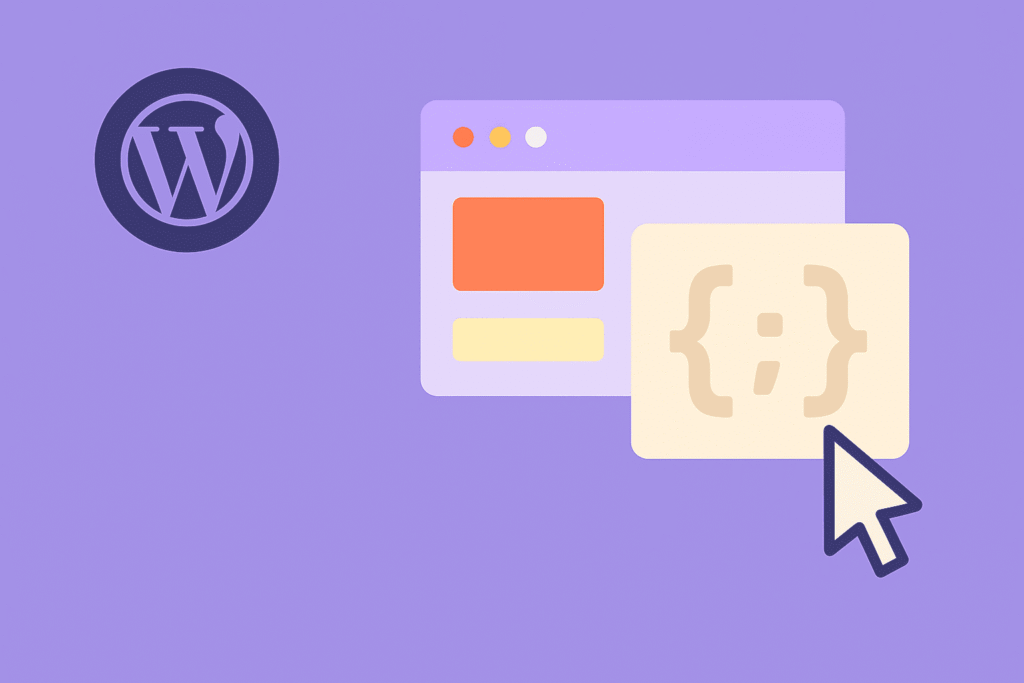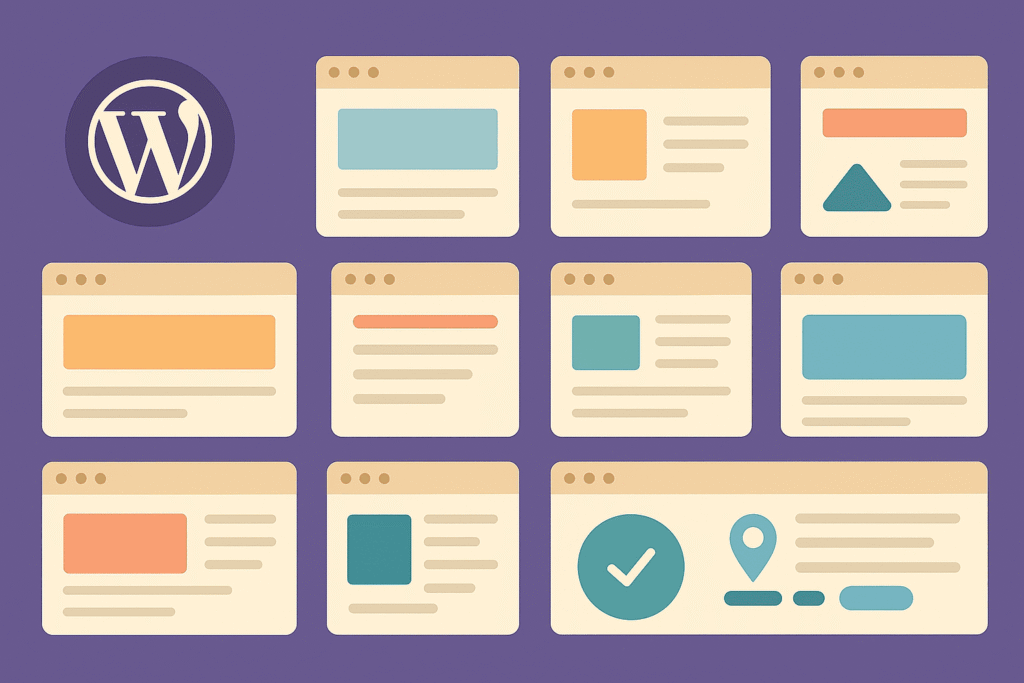Introduction
The web is for everyone—but not all websites are designed that way. In 2025, over 15% of the world’s population lives with a disability, and millions more benefit from accessible design choices, such as readable text, voice navigation, and contrast-friendly layouts.
For WordPress site owners, accessibility (often shortened to a11y) is more than compliance—it’s about improving user experience, expanding reach, and even boosting SEO. Search engines reward accessible sites because they’re easier to navigate, faster to use, and deliver better content structure.
This article explores why accessibility in WordPress design matters in 2025 and how you can implement a11y best practices on your site.
1. Why Accessibility Matters More Than Ever
- Legal Compliance: Many countries enforce accessibility laws (ADA in the U.S., EN 301 549 in the EU, India’s Rights of Persons with Disabilities Act).
- Better User Experience: Accessibility features benefit everyone—clearer fonts, captions, and simple navigation help all users.
- SEO Boost: Google favors sites with structured content, descriptive alt text, and mobile-friendly UX—all accessibility practices.
- Business Benefits: Accessible sites reach wider audiences and build stronger trust.
💡 Fact: A 2024 survey showed businesses with accessible websites had 12% higher customer retention rates.
2. Key Accessibility Principles for WordPress
The WCAG (Web Content Accessibility Guidelines) provide the foundation. In WordPress, this translates to:
- Perceivable: Content must be presented in ways users can perceive (alt text for images, captions for video).
- Operable: Navigation must be keyboard-friendly and predictable.
- Understandable: Content and interfaces should be clear and consistent.
- Robust: Content should be compatible with assistive technologies like screen readers.
3. Designing Accessible WordPress Themes
Not all themes are equal. Many prioritize looks over accessibility. In 2025, focus on:
- Accessibility-ready themes: WordPress.org flags themes that meet accessibility standards.
- Readable fonts: Use sans-serif fonts (Poppins, Inter) with at least 16px base size.
- Color contrast: Maintain at least 4.5:1 contrast ratio.
- Scalable design: Content should remain usable when zoomed 200%.
Popular accessible WordPress themes:
- Astra (lightweight + customizable).
- GeneratePress (great typography controls).
- Twenty Twenty-Five (default theme, accessibility built in).
4. Content Accessibility Best Practices
Even if your theme is solid, poor content practices harm accessibility.
- Alt text for all images: Describe the content, not just “image1.jpg.”
- Heading hierarchy (H1 → H2 → H3): Screen readers rely on logical order.
- Descriptive links: Instead of “Click here,” use “Download WordPress SEO Guide.”
- Captions and transcripts: Add them to videos, webinars, and podcasts.
- Plain language: Short sentences, active voice, and clear terms help everyone.
💡 Pro Tip: Test your content with a screen reader (NVDA, VoiceOver) to ensure usability.
5. Navigation and Interaction Accessibility
Navigation is where many sites fail accessibility checks.
- Ensure keyboard navigation (Tab, Shift+Tab, Enter) works everywhere.
- Use skip links (e.g., “Skip to Content”).
- Add focus indicators (outline on active fields/buttons).
- Avoid auto-playing videos or flashing animations (can trigger seizures).
💡 WooCommerce stores should ensure product filters, carts, and checkout are fully keyboard-accessible.
6. WordPress Plugins for Accessibility
Several plugins simplify compliance:
- WP Accessibility: Fixes common accessibility issues (skip links, alt checks, contrast toggles).
- One Click Accessibility: Adds toolbar for font resizing, contrast, and links.
- Accessibility Checker: Scans posts/pages for WCAG compliance.
- UserWay Accessibility Widget: Provides a full accessibility menu.
7. Testing Accessibility on WordPress
Don’t assume your site is accessible—test it.
- WAVE Web Accessibility Tool: Highlights errors and warnings.
- axe DevTools: Browser extension for developers.
- Google Lighthouse: Built into Chrome for accessibility scoring.
- Manual Testing: Keyboard navigation, screen reader, zoom testing.
💡 Pro Tip: Combine automated tools with real user testing for best results.
8. Accessibility and SEO: The Overlap
Accessibility improvements often double as SEO wins:
- Alt text → Improves image search rankings.
- Semantic headings → Google understands content better.
- Structured data → Screen readers and search engines both benefit.
- Fast performance → Accessibility-friendly sites load faster.
9. Accessibility for WooCommerce Sites
E-commerce stores face unique challenges:
- Product descriptions must be text-based (not images).
- Filters and sort options need ARIA labels.
- Cart and checkout forms must be keyboard and screen-reader-friendly.
- Provide live chat alternatives for customers who can’t use voice/video support.
💡 Example: An accessible WooCommerce store saw 18% higher conversions after redesigning product filters and checkout flow.
Final Thoughts
Accessibility is not a “bonus feature” in 2025—it’s a requirement. WordPress gives you the tools, themes, and plugins to create inclusive websites, but success depends on your design choices, content strategy, and ongoing testing.
The payoff is huge: a site that’s easier to use, ranks higher in search engines, reaches more people, and builds long-term trust.
💡 Action Step: Run an accessibility audit on your WordPress site today. Fix the biggest issues first—like alt text and contrast—and move toward full WCAG compliance.

